Lifestyle Changes: Your Path to Better Rest
Sleep apnea is a common but serious sleep disorder that affects millions of Americans. At Sac Sleep & Breathing, our Sacramento, CA sleep specialist, Dr. Scott Grivas, understands sleep apnea’s impact on your overall health and quality of life. While professional treatment is crucial, simple lifestyle changes can make a significant difference in managing symptoms for people with sleep apnea.
In this comprehensive guide, we’ll explore how you can take control of your sleep apnea through practical lifestyle modifications. Learn more about your options for sleep medicine and how Dr. Grivas can help you improve the quality of your sleep by calling our Sacramento sleep practice at (916) 735-4060.
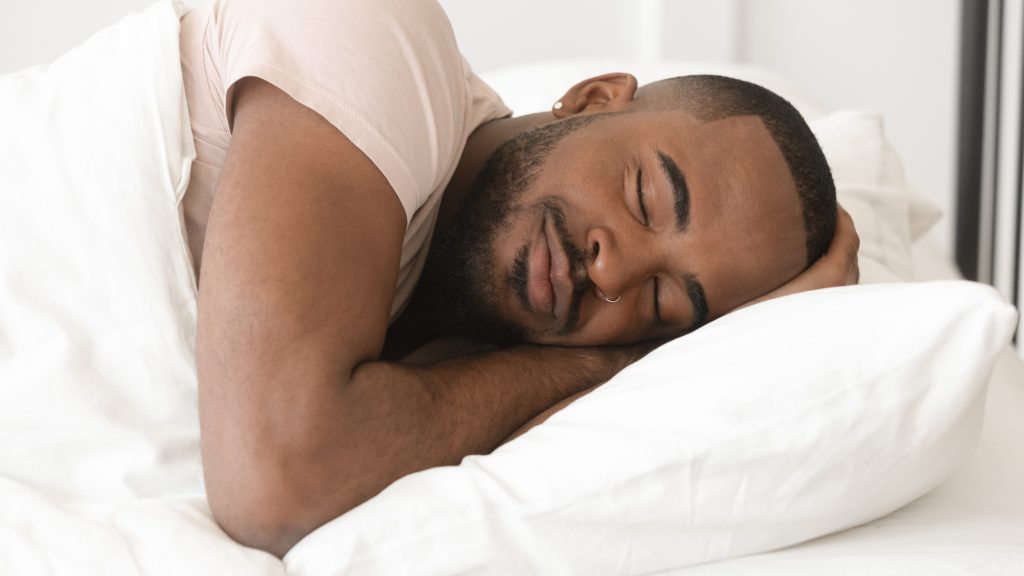

Understanding Sleep Apnea
Before diving into lifestyle changes, it’s important to understand what sleep apnea is. Sleep apnea is a condition characterized by repeated interruptions in breathing during sleep. These pauses can last from a few seconds to minutes and may occur 30 times or more an hour. The most common type is obstructive sleep apnea (OSA), where the airway becomes blocked or collapses during sleep.
The Impact of Lifestyle on Sleep Apnea
Your daily habits and lifestyle choices can significantly impact the severity of sleep apnea symptoms. From diet and exercise to sleep environment and personal habits, many factors contribute to the quality of your sleep. Let’s explore the top lifestyle changes that can help manage sleep apnea and improve the quality of your sleep.
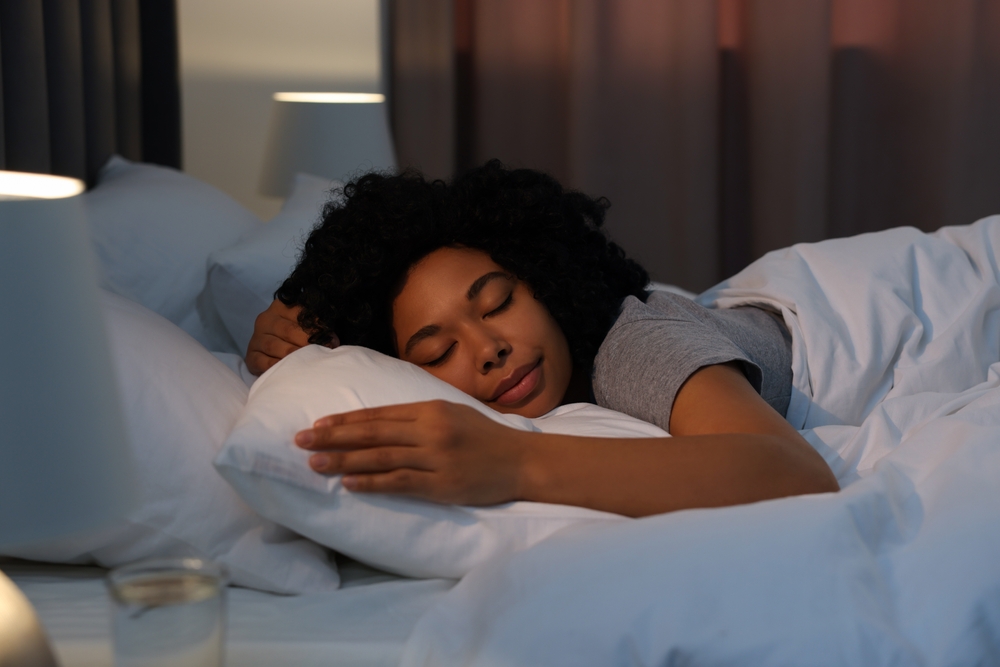
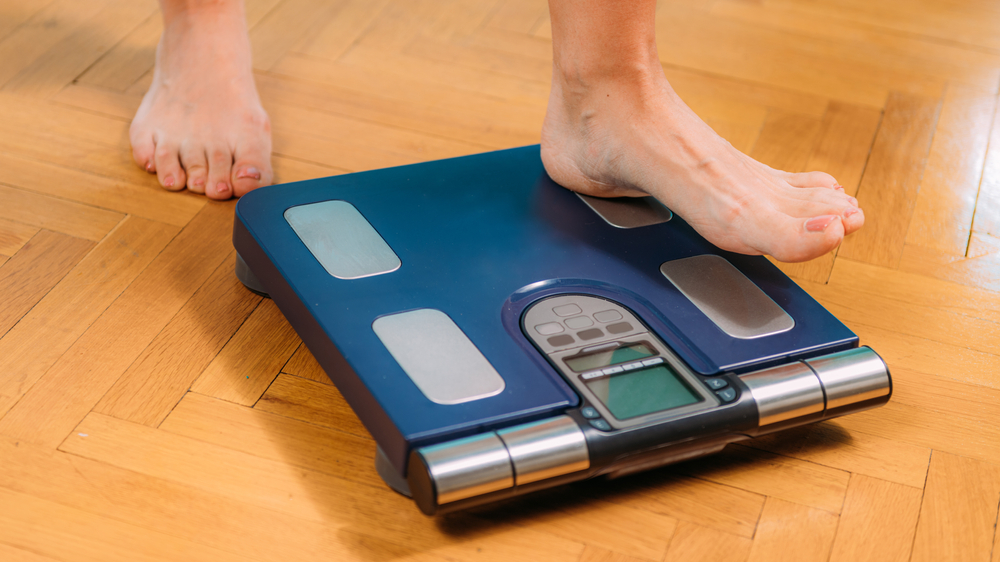
1. Maintaining a Regular Sleep Schedule
Maintaining a consistent sleep schedule is one of the most effective ways to manage sleep apnea. This helps regulate your body’s internal clock, leading to more restful sleep.
Tips for a Better Sleep Schedule:
- Go to bed and wake up at the same time every day, even on weekends
- Create a relaxing bedtime routine to signal your body it’s time to sleep
- Avoid screens (phones, tablets, computers) for at least an hour before bed
- Limit daytime naps to 20-30 minutes to avoid disrupting nighttime sleep
By sticking to a regular sleep schedule, you can enhance the quality of your sleep and reduce the frequency of sleep apnea episodes.
2. Weight Management for Sleep Apnea
Excess weight, especially around the neck area, can significantly worsen sleep apnea symptoms by putting pressure on the airways. For many individuals with sleep apnea, losing weight is often the first line of treatment recommended by healthcare professionals.
How Weight Affects Sleep Apnea:
- Extra weight around the neck can compress the upper airway during sleep
- Fat deposits in the tongue and soft palate can narrow the airway
- Abdominal fat can decrease lung volume, reducing airway stability
Even moderate weight loss can lead to noticeable improvements in sleep apnea symptoms. At Sac Sleep & Breathing, we can provide guidance on healthy weight loss strategies tailored to your individual needs.
3. Positional Therapy: Elevating Your Head While Sleeping
A simple yet effective strategy for managing sleep apnea is to elevate your head while sleeping. This sleep position also helps keep your airways open and reduces the likelihood of obstruction.
Methods to Elevate Your Head:
- Use an adjustable bed to raise the head of your mattress
- Invest in a wedge pillow designed for sleep apnea
- Stack multiple pillows to achieve the right elevation (though this may not be as stable)
Elevating your head by just a few inches can make a significant difference in reducing symptoms of sleep apnea and improving the overall quality of your sleep.
4. Adopting a Healthy Diet
Your diet plays a crucial role in managing sleep apnea, particularly when it comes to weight management and overall health. A balanced, nutritious diet can help alleviate symptoms of sleep disorders and improve sleep quality.
Key Dietary Recommendations:
- Increase intake of fruits, vegetables, and whole grains
- Choose lean proteins like fish, chicken, and plant-based options
- Limit processed foods, saturated fats, and added sugars
- Stay hydrated by drinking plenty of water throughout the day
- Consider the Mediterranean diet, known for its anti-inflammatory properties
Remember, a healthy diet not only helps people with sleep apnea, but also contributes to better overall health and well-being.
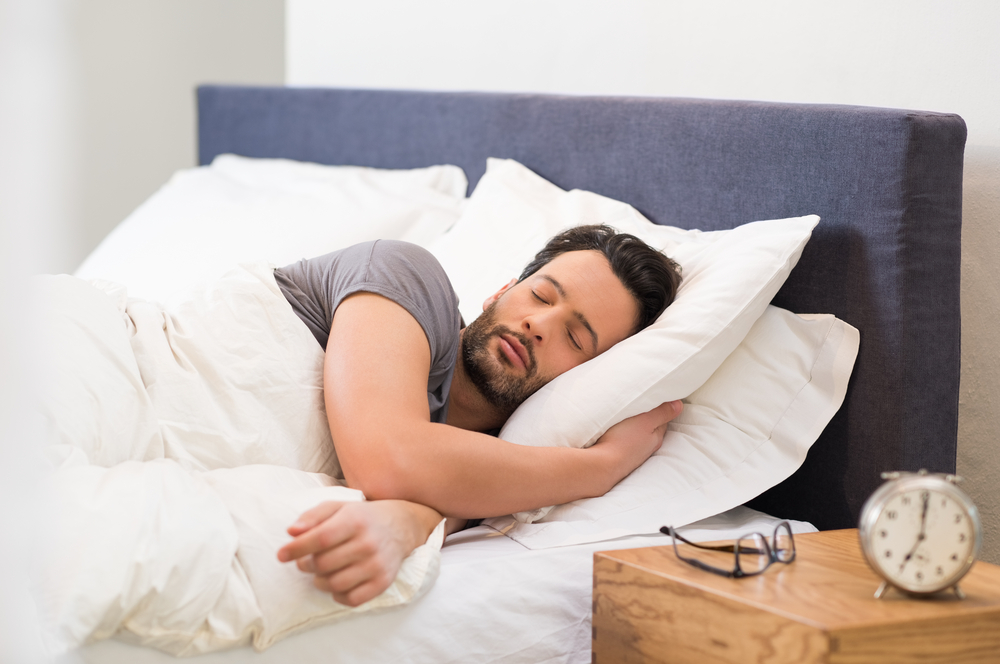

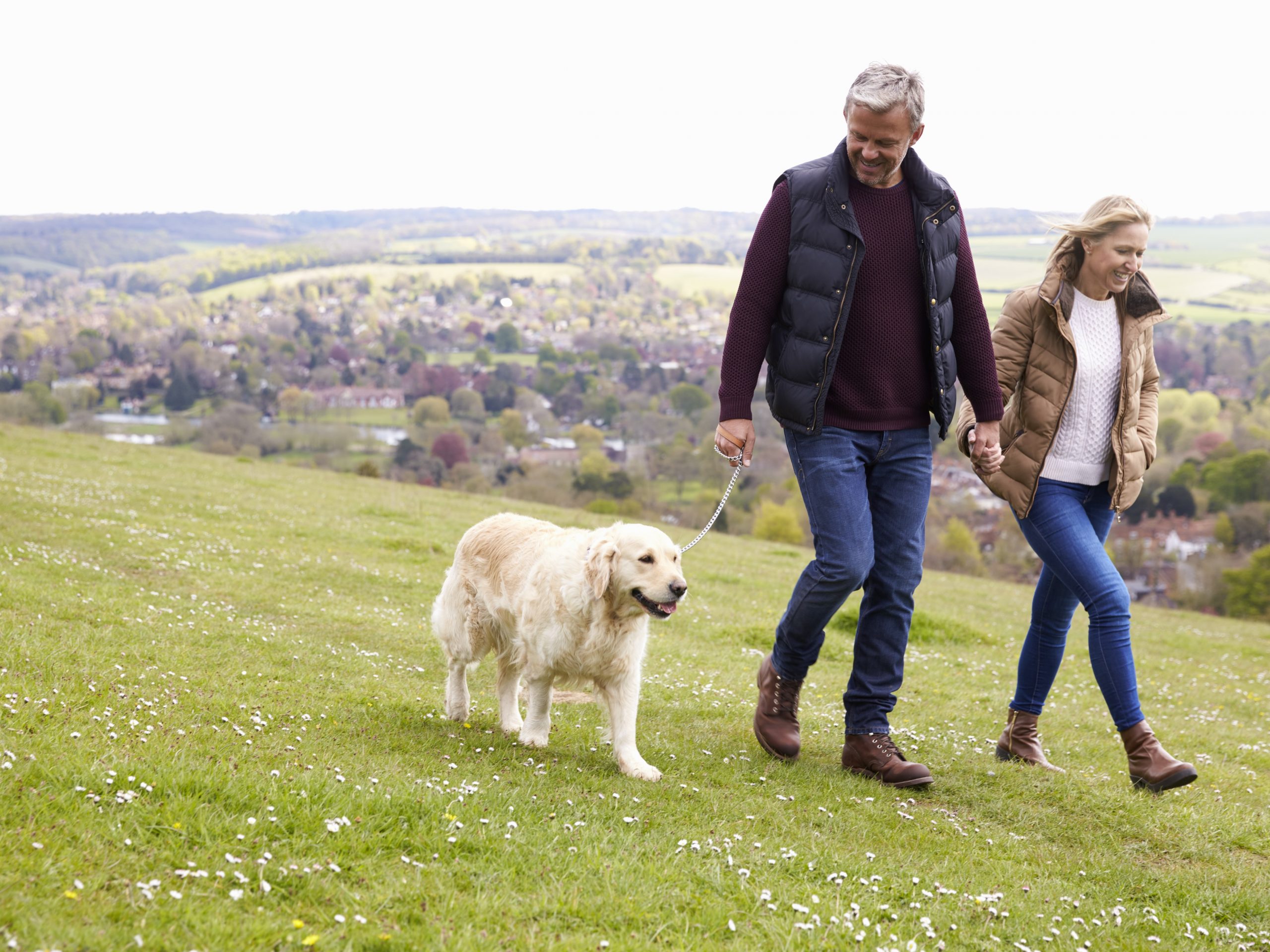

5. Regular Physical Activity
Engaging in regular physical activity is another effective way to manage sleep apnea. Exercise can help with weight management, improve cardiovascular health, and increase overall sleep quality.
Exercise Recommendations for Sleep Apnea:
- Aim for at least 150 minutes of moderate aerobic activity per week
- Include strength training exercises two to three times a week
- Try activities like brisk walking, swimming, or cycling
- Consider yoga or tai chi for improved breathing and relaxation
Even if you don’t see significant weight loss, regular exercise can still help reduce symptoms of sleep apnea by strengthening the muscles in your airways and improving overall sleep efficiency.
6. Avoiding Alcohol and Smoking
Both alcohol consumption and smoking can exacerbate symptoms of sleep apnea. Alcohol relaxes the throat muscles, increasing the likelihood of airway obstruction, while smoking irritates and inflames the airways.
Tips for Reducing Alcohol and Tobacco Use:
- Limit alcohol consumption, especially close to bedtime
- If you smoke, consider a smoking cessation program
- Avoid secondhand smoke exposure
- Replace alcoholic nightcaps with herbal tea or warm milk
By reducing or eliminating alcohol and tobacco use, you can significantly improve your sleep quality and reduce the severity of sleep apnea symptoms.
7. Sleep Hygiene: Creating an Optimal Sleep Environment
Your sleep environment plays a crucial role in the quality of your sleep. Creating a space conducive to restful sleep can help manage sleep apnea symptoms and improve overall sleep quality.
Elements of an Ideal Sleep Environment:
- Keep your bedroom cool, quiet, and dark
- Invest in a comfortable, supportive mattress and pillows
- Use blackout curtains or an eye mask to block out light
- Consider a white noise machine to mask disruptive sounds
- Keep electronics out of the bedroom to reduce blue light exposure
A well-designed sleep environment can help you fall asleep faster, stay asleep longer, and experience fewer sleep apnea episodes throughout the night.
8. Staying Consistent with CPAP Therapy
For many individuals with severe sleep apnea, continuous positive airway pressure (CPAP) therapy is an essential part of treatment. While it’s not a lifestyle change per se, consistent use of your continuous positive airway pressure machine is crucial for managing sleep apnea effectively.
Tips for CPAP Adherence:
- Use your CPAP machine every night, even for naps
- Keep your equipment clean and well-maintained
- Address any discomfort or fit issues with your healthcare provider
- Track your progress to stay motivated
- Consider a CPAP machine with comfort features like heated humidification
At Sac Sleep & Breathing, we can provide guidance on CPAP use and help you find solutions to any challenges you may face with your therapy.

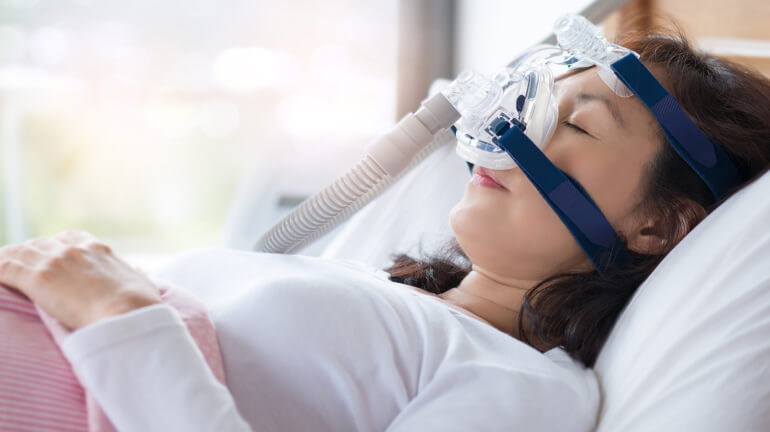
The Importance of Professional Treatment
While lifestyle changes can significantly improve sleep apnea symptoms, they should be combined with professional treatment for optimal results. At Sac Sleep & Breathing, we offer various treatment options for sleep apnea, including the innovative Vivos System.
The Vivos System is a revolutionary approach to treating sleep apnea that doesn’t rely on CPAP machines. This treatment uses custom-made nighttime mouthguards that gently adjust the position of your jaw as you sleep, helping to reduce snoring and other sleep apnea symptoms.
Dr. Scott Grivas can assess your individual case and determine if the Vivos System is right for you. We work closely with sleep specialists to ensure comprehensive care for our sleep apnea patients in Sacramento and surrounding areas.
Frequently Asked Questions
Can sleep apnea go away without treatment?
While lifestyle changes can improve symptoms, sleep apnea typically doesn’t go away on its own. Professional treatment is essential to manage the condition effectively and prevent potential complications.
How much weight loss is needed to improve sleep apnea?
Even a modest weight loss of 10 to 15 percent can lead to significant improvements in sleep apnea symptoms for overweight individuals. However, the exact amount varies from person to person.
Are there any specific exercises that can help with sleep apnea?
Certain throat exercises, also known as oropharyngeal exercises, may help strengthen the muscles in your airway. These include tongue exercises, soft palate stretches, and jaw exercises. However, these should be done in conjunction with other treatments and under professional guidance.
Will I need to change my entire lifestyle due to sleep apnea?
No, you won’t need to change your lifestyle for sleep apnea treatment.While some changes may be beneficial, they don’t have to be drastic. Small, gradual changes can make a big difference. Dr. Grivas can help you identify which lifestyle modifications would be most beneficial for your specific situation.
Your Journey to Better Sleep Starts Here, Call Now!
Managing sleep apnea requires a multifaceted approach that combines professional treatment with lifestyle modifications. By implementing the changes discussed in this guide – from maintaining a regular sleep schedule and managing your weight to creating an optimal sleep environment and staying consistent with therapy – you can significantly improve your sleep quality and overall health.
Don’t let sleep apnea control your life. Take the first step towards better sleep and improved health by scheduling a consultation with Sac Sleep & Breathing today. Contact us at (916) 735-4060 or use our online booking system to set up your appointment. We proudly serve patients in Sacramento, Sierra Oaks, Woodside Condo, Campus Commons, and surrounding areas in California. Together, we can work towards a future of peaceful, uninterrupted sleep.
